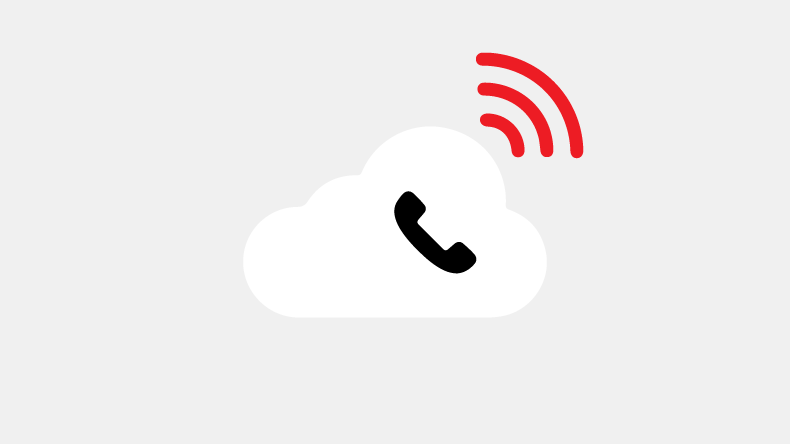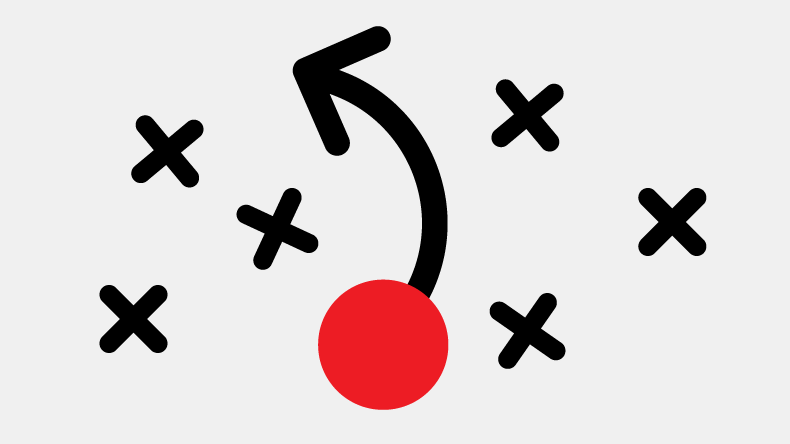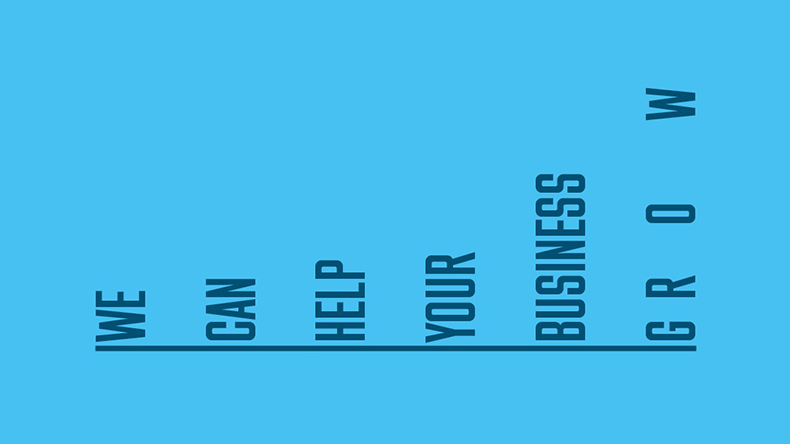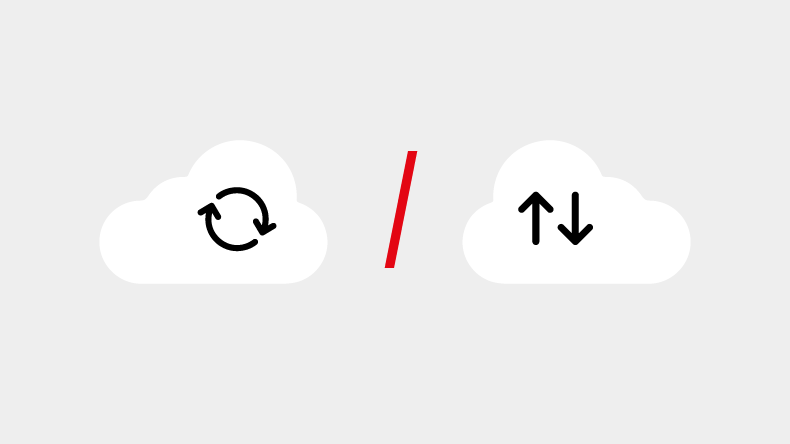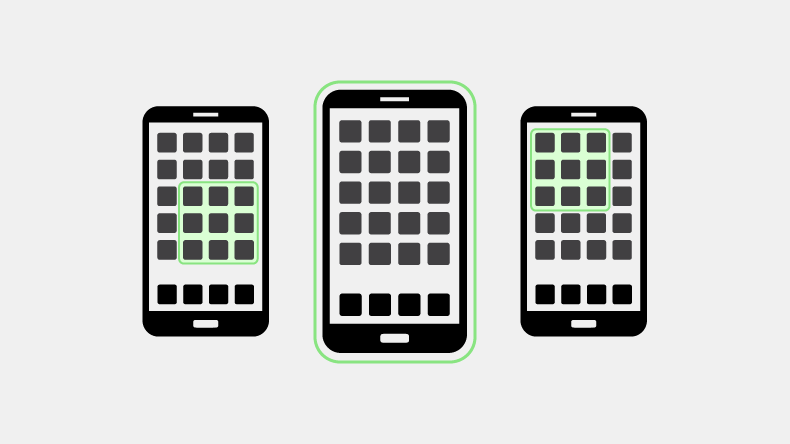VDI vs RDS - What's the difference?
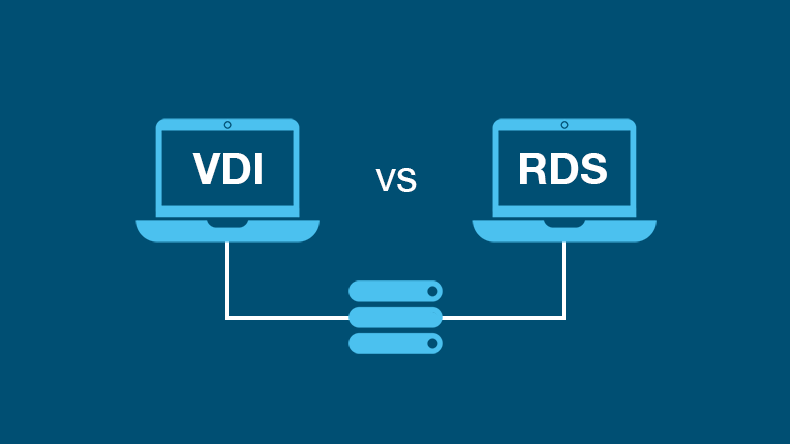
Virtual desktops offer flexibility, performance and security. But which one of the two main technology types should you choose? 🤷
Today, we’re going to be comparing the two main technology types you can choose:
VDI vs RDS
So, how do you choose the right technology for your business?
First, let’s find out what they are:
Contents
What is VDI (Virtual Desktop Infrastructure)?
Virtual Desktop Infrastructure (VDI) is a desktop virtualisation technology where a desktop operating system (OS) runs and is managed via a remote server. Users log on to the remote server, which creates a separate virtual OS, running on top of a hypervisor, for each individual user.
When the user logs on, a connection broker links their session to their own ‘virtual machine’ (VM), where they get their own individual OS, resources and applications.
What is RDS (Remote Desktop Services)?
Remote Desktop Services (RDS), known as Terminal Services prior to 2008, was developed by Microsoft with the aim of making users less dependent on their local desktop. Users can access desktops and applications from different types of client applications and devices via Microsoft's Remote Desktop Protocol (RDP).
VDI vs RDS – What’s the difference?
Both Remote Desktop Services and Virtual Desktop Infrastructure offer similar functionality. With both technologies, users log on to a remote system, which provides users with a desktop containing all the software they need to carry out their work.
All files and applications are stored remotely.
Making it easier to troubleshoot any issues and handle software upgrades.
Since the user’s machine doesn’t do much processing itself, it can be a less powerful, and potentially more affordable device.
Some platforms offer the virtual desktop via HTML, so it can be accessed via any normal internet browser.
Remote desktops are also better for security because no files are kept on the user’s own machine.
Everything lives on a Windows server, where it can be safely backed up as insurance against:
- Hacking
- Viruses
- Physical disaster
- or just accidental deletion
With the recent coronavirus crisis, remote and home working has become the new normal for many workers.
They both offer an excellent way to keep everyone working together, even if they can’t make it into the office.
For users, the experience of actually using either RDS or VDI is pretty much the same.
However, there are important differences behind the scenes, which affect aspects such as:
- Flexibility
- Maintenance
- Reliability
Those, in turn, make each solution more suitable for different types of organisation, based on their requirements.
Let’s weigh up the advantages and disadvantages of each technology:
Advantages of VDI
#1 Improved user experience
Because the VM is isolated from the rest of the system, there are no problems with contention, and IT staff can also allocate more power to users who really need it.
For example:
Users running memory intensive software, such as CAD/CAM or Photoshop.
Virtual machines can run a regular Windows desktop OS, instead of Windows Server.
That means users can work in a more familiar environment, which can allow them to do their jobs quickly and easily, and may even boost their morale.
#2 Choice of applications
The standard Windows environment can also run a wider range of applications with few compatibility issues.
#3 Device flexibility
It can offer Bring Your Own Device (BYOD), also called Bring Your Own Technology (BYOT), Bring Your Own Phone (BYOP), and Bring Your Own Personal Computer (BYOPC).
This means users connect with their own tablet, smartphone, laptop or desktop.
#4 Offline working
VDI also supports offline working, so users can continue working and their data simply syncs up with the Windows server once they can get back online.
Sounds great!
But what are the disadvantages:
Disadvantages of VDI
The flip side of all this flexibility is complexity.
This complexity brings:
#1 Dedicated IT staff
You need a skilled internal team or IT provider to set up and manage the various virtual machines and systems.
If you’re running a small business, you might prefer to turn to a cloud-based VDI or a Data as a Service (Daas) option rather than setting up a physical VDI server.
#2 Higher upfront costs
Ultimately, investing in VDI is likely to be more expensive.
Some of the costs to consider include:
- Software licensing costs
- Hardware costs
- IT support costs
Now, let’s take a look at the advantages of RDS:
Advantages of RDS
With RDS, everyone on your team logs on to the same Windows server to run their applications.
While each user has their own session, all the sessions are handled by the same windows operating system running on the same Windows server.
#1 Simplicity
RDS is simpler to set up, and new users can be added in minutes.
#2 Reduced costs
Licensing costs for RDS are minimised, and hardware resource demands can be lower.
#3 Easier maintenance
Maintenance of RDS is often quicker and easier.
So, what are the disadvantages of RDS?
Disadvantages of RDS
While RDS is simpler, it can have the following limitations:
#1 Lack of personalisation
Users can’t personalise their desktops or the applications they use very much.
Everyone uses the same system and is locked into the same configuration.
#2 Limited application usage
Not every application will run on an RDS Server.
#3 Connectivity
RDS needs an 'always on' internet connection.
If users can’t connect, they can’t work.
Get your free connectivity guide.
#4 Overall performance
If a large number of users are using the system at the same time, 'contention' may mean that performance suffers.
Altogether, we would expect VDI to be a more expensive option than RDS.
But:
You’re still probably asking, which is the right option for you? 🤔
Well, let’s take a look:
VDI vs RDS – Which is better for you?
The simple answer is 'it depends'.
If you have lots of users who all do similar tasks, using the same applications and the same amount of computing power:
RDS could well be right for you.
Your storage and overhead costs will be low, but you’ll pay a price in terms of flexibility.
On the other hand:
If you use a lot of less-common apps, and/or you have many user types doing different types of work:
It might be worth paying more for VDI.
Why would you choose VDI?
You can go for VDI if you:
- Are willing to invest a significant sum in an in-house VDI server implementation and maintenance
- Have a large workforce with constant demands for a dynamic user experience
- Can offer round-the-clock IT support to upgrade VDI for clients
- Want to implement a Bring Your Own Device (BYOD) policy at your workplace
- Have the resources to customize the desktop per the customer’s needs or quickly resolve issues
Why would you choose RDS?
You can go for RDS if you:
- Don’t want to hire a vast IT support team to maintain servers
- Don’t wish to depend on on-premise IT infrastructure to ensure data security
- Wish to minimize the costs associated with the set-up and maintenance of servers
- Need to scale resources or add new users with seasonal or dynamic demands
As a provider, we’ve deployed over 300 RDS servers for our clients, and are also expert in setting up and managing VDI systems.
Our state-of-the-art Nutanix HCI offers the perfect environment for hosting either type of solution, with frequent data snapshots and full data replication supporting near-instant disaster recovery.
If your computing needs to grow, our provision can easily scale up without limit.
We’re always happy to consider your needs and advise on which virtual desktop solution is best for you.
We really hope you enjoyed our guide to VDI and RDS.
Now we’d like to hear from you:
Do you have any further questions about VDI and RDS?
Perhaps you’re still unsure about the costs.
Either way, get in touch with us today for your free consultation.
Back to the blog.
